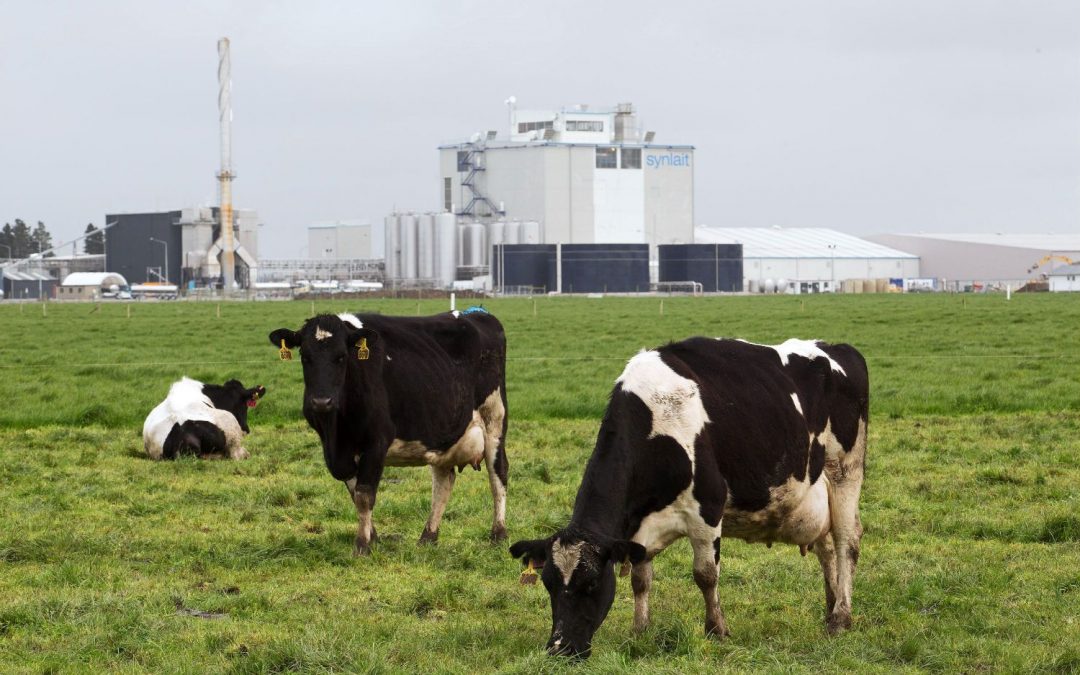
Critics of industrial-scale beef production say it’s warming our climate, wasting land we could use to feed more people, and polluting and wasting precious water-all while subjecting millions of cattle to early death and a wretched life in confinement. But each of us takes a personal stand with every trip to the supermarket. People can’t settle that debate for others-Americans, say, can’t decide how much beef or other meat Chinese should eat as their living standards improve. In short, meat-especially beef-has become the stuff of fierce debate. Global demand is soaring for good reason, and we must find a way to produce more of it. For the sake of the animals, our own health, and the health of the planet, we must eat less of it. Meat-especially beef-is cigarettes and a Hummer rolled into one. But near the yard’s north end a few hundred animals were embarking on their final journey: By afternoon they’d be split in half and hanging from hooks. For most of the 43,000 cattle here, it would be just another day of putting on a couple pounds of well-marbled beef. In one crowded pen after another, large heads poked through the fence and plunged into the troughs. Steam billowed from the stacks of the feed mill trucks rumbled down alleys, pouring rivers of steam-flaked corn into nine miles of concrete troughs. The humans who run this city of beef had been up for hours.

Americans eat a lot of meat but still spend just 11 percent of their income on food, less than people in many other countries.Īt Wrangler Feedyard, on the High Plains of the Texas Panhandle, night was coming to an end, and 20,000 tons of meat were beginning to stir. Terry’s Burger Stand in Austin, Texas, “all natural” burgers-made from cattle that never received hormones or antibiotics-cost only $2.45. Isabella, nine, prefers just ketchup on her cheeseburger sister Betsy, four, puts everything on hers. If Isabella Bartol (bottom, at right) had her druthers, she’d eat a burger every day.

Today the United States remains the world’s largest consumer and producer of beef. Individual Americans eat 40 percent less beef now than in the peak consumption year, 1976, but there are many more Americans. In Amarillo, Texas, a patty-forming machine at a Caviness Beef Packers plant (top) cranks out 24,000 half-pound hamburger patties an hour for the restaurant trade. Americans eat a lot of meat but still spend just 11 percent of their income on food, less than people in many other countries.

If Isabella Bartol (far right) had her druthers, she’d eat a burger every day. In Amarillo, Texas, a patty-forming machine at a Caviness Beef Packers plant (left) cranks out 24,000 half-pound hamburger patties an hour for the restaurant trade.


 0 kommentar(er)
0 kommentar(er)
